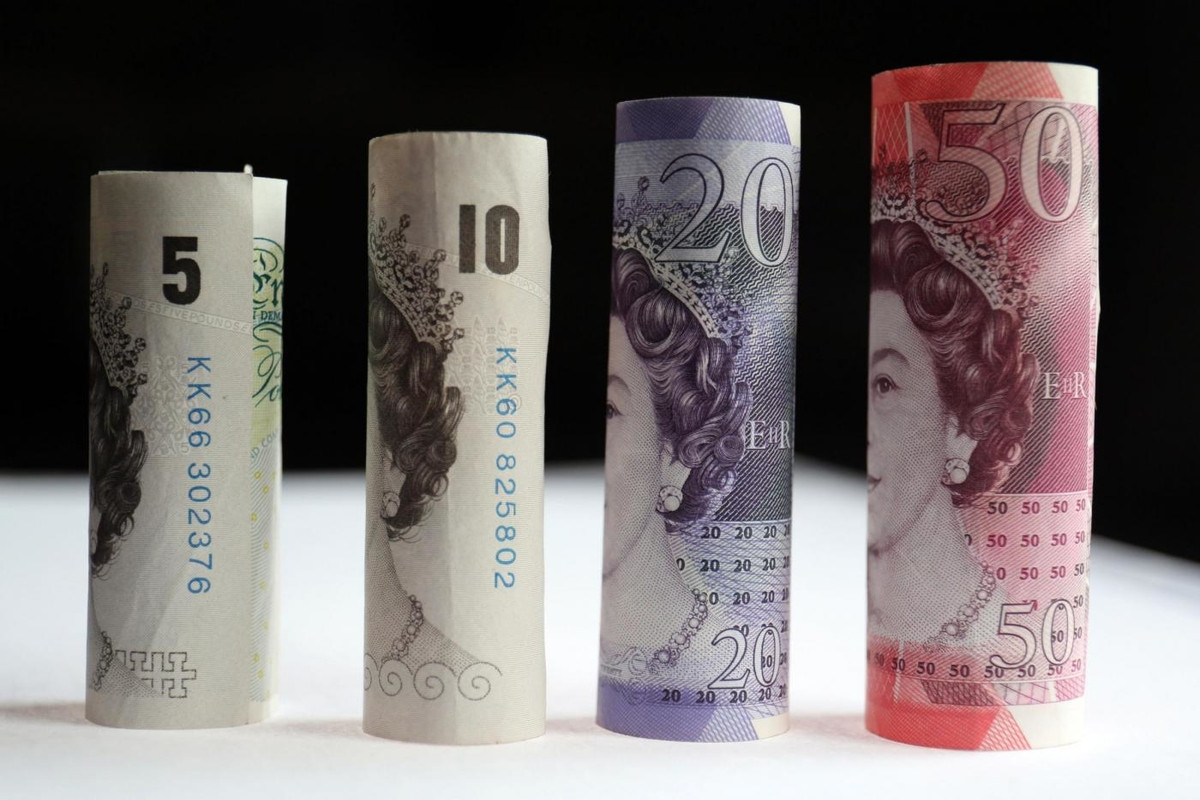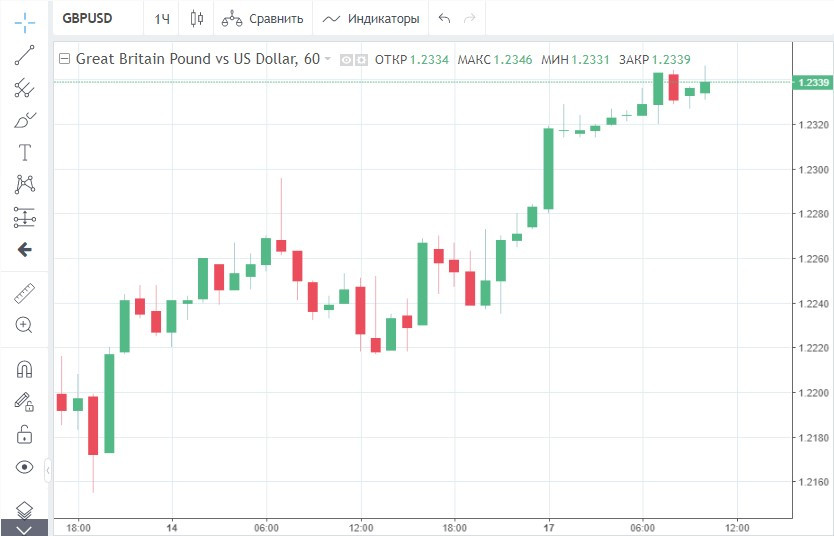
A few days ago, the dollar was confidently winning against the pound. But at the beginning of this week, the balance of power in the GBP/USD pair changed. What is the reason for the pound's growth, and how high can it rise?
The pound had all the prerequisites to start the week with a fall. The twists and turns around the Northern Ireland protocol are not abating, and the British Parliament has criticized the Bank of England's policy aimed at combating inflation.
British Prime Minister Boris Johnson again renewed threats to break the Brexit agreement with the EU if the Northern Ireland protocol is not amended.
Now Britain, more than ever before, is very determined, because the protocol on Northern Ireland that exists today hinders the recovery of its economy, which is already on the verge of recession.
It is expected that today the Government of the United Kingdom will consider a draft law on breaking the Brexit agreement with the European Union.
Also on Tuesday, British Foreign Minister Liz Truss will present proposals to Parliament on the revision of the Northern Ireland Protocol.
This could provoke another conflict between Britain and the EU. Recall that the European Alliance has repeatedly stated its readiness to suspend trade with the United Kingdom if the protocol on Northern Ireland is changed unilaterally.
Such a scenario is negative for the British economy and could seriously weaken its currency. Nevertheless, yesterday the pound ignored concerns about the possible termination of trade with the EU.
News about the long-awaited reform of the Northern Ireland Protocol, on the contrary, encouraged the British currency. On Monday, the GBP/USD pair jumped by about 1.5% and continued to grow this morning, awaiting further action from the British government.
Today, the pair is trading above the level of 1.235, while last week it sharply plunged under the pressure of a strong dollar to the lowest level since 2020 at 1.219.

At the beginning of the current seven-day period, the pound was also supported by the weakening of the US currency. Yesterday, the greenback retreated from the 20-year high of 105,100 reached last Friday.
The dollar index declined against its main competitors by 0.8%, to 104,100 points.
The greenback sharply plunged after the statements of the president of the Federal Reserve Bank of New York, John Williams. Since the NY Empire State manufacturing activity index fell by more than 11% in May, the official did not speak in favor of a more aggressive rate hike at the next FOMC meetings.
He supported the idea of Fed Chairman Jerome Powell to increase the indicator by 50 bps, as in the current month. The soft position of Williams had a negative impact on the yield of US government bonds. On Monday, it fell to 2.88%, down 3.6 bps.
Meanwhile, the British parliament said yesterday that the BoE acted too cautiously and slowly, trying to contain inflation.
In response to the criticism, BoE Governor Andrew Bailey said that officials could not have foreseen such large-scale problems in global supply chains, which led to crazy price increases.
The military conflict in Ukraine and a new outbreak of coronavirus in China provoked a significant increase in the 2% inflation target set by the British government.
Recall that the BoE has raised interest rates at four consecutive meetings and intends to stick to a hawkish course in the coming months.
According to forecasts of the British central bank, inflation may reach 10.2% this year. Bailey has warned that the rise in food prices will continue and will have "apocalyptic" consequences for the poorest segments of society.
At the same time, the BoE is afraid to act too aggressively, trying to tame raging inflation, because a sharp increase in rates increases the threat of recession.
The risk of a slowdown in the growth of the British economy is the main obstacle to the pound's growth in the long term. However, in the near future, the GBP/USD pair has a great chance to continue climbing.
Today, the pound can get a boost from fresh statistics from the labor market. The number of applicants for unemployment benefits fell in April to 56,900 from the previous value of 81,000. And the unemployment rate fell to 3.7% from 3.8% reached in March.
The technical picture also speaks about the positive short-term dynamics of the pound.
Recently, the GBP/USD pair confirmed on the chart a bullish pattern of a descending wedge with a clear break above 1.2300. This implies a further advance to the monthly high in the area of 1.2640.





















